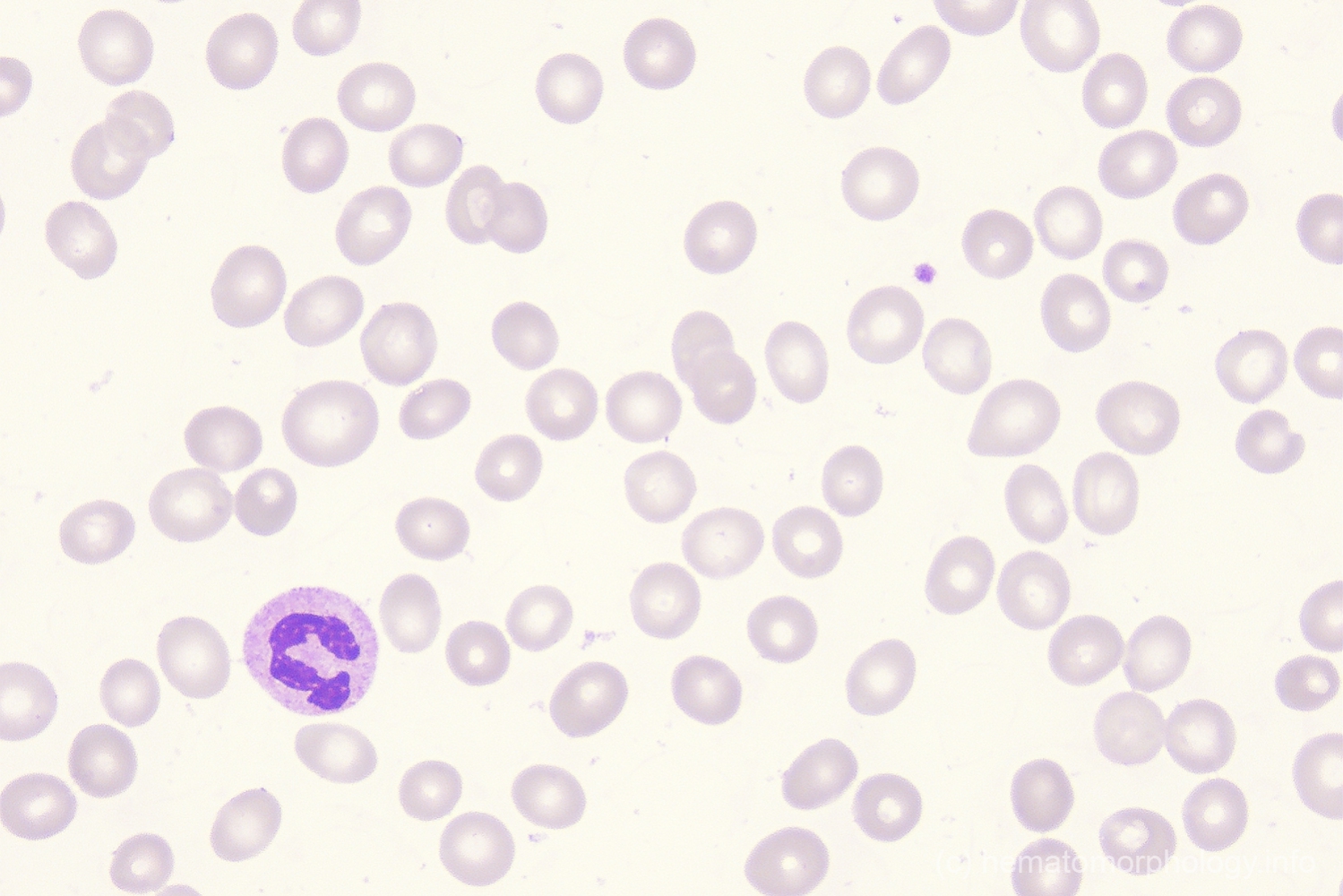Displazer Mac OS
Start up from macOS Recovery
Downloaded the iso image and proceeded to make a Mac OS X bootable USB on windows. To create a bootable media to install Mac OS X leopard on my old macbook A1181. I used imageusb and installed. I was very happy to find this 10.5.4 version which worked perfectly. Many thanks to all. If you haven't installed the latest Boot Camp updates, you might get the message ”Could not locate the OS X boot volume.' Or use Startup Manager as your Mac starts up: Restart your Mac from the Start menu in Windows. Press and hold the Option (or Alt) ⌥ key as your Mac begins to restart. In Mac OS 9 and earlier versions of Mac OS X, Software Update was a standalone tool. The program was part of the CoreServices in OS X. It could automatically inform users of new updates (with new features and bug and security fixes) to the operating system, applications, device drivers, and firmware. All updates required the user to enter their.
- ANY version of the Mac OS that will burn a DVD will also burn M-DISC. I do it all the time. We have switched to M-DISC exclusively. For movie-making purposes many will recommend using OS 10.9.5 because it is more compatible and more optical disc friendly.
- A powerful disk analysis tool for MAC Disk Analyzer Pro is a powerful tool which provides you a detailed overview of which files and folders are hogging the most disk space on the system, grouped by file size, file type, file date and other attributes.
Determine whether you're using a Mac with Apple silicon, then follow the appropriate steps:
Apple silicon
Turn on your Mac and continue to press and hold the power button until you see the startup options window. Click the gear icon labeled Options, then click Continue.
Intel processor

Make sure that your Mac has a connection to the internet. Then turn on your Mac and immediately press and hold Command (⌘)-R until you see an Apple logo or other image.
If you're asked to select a user you know the password for, select the user, click Next, then enter their administrator password.
Displazer Mac Os Download
Reinstall macOS
Select Reinstall macOS from the utilities window in macOS Recovery, then click Continue and follow the onscreen instructions.
Follow these guidelines during installation:
- If the installer asks to unlock your disk, enter the password you use to log in to your Mac.
- If the installer doesn't see your disk, or it says that it can't install on your computer or volume, you might need to erase your disk first.
- If the installer offers you the choice between installing on Macintosh HD or Macintosh HD - Data, choose Macintosh HD.
- Allow installation to complete without putting your Mac to sleep or closing its lid. Your Mac might restart and show a progress bar several times, and the screen might be empty for minutes at a time.
After installation is complete, your Mac might restart to a setup assistant. If you're selling, trading in, or giving away your Mac, press Command-Q to quit the assistant without completing setup. Then click Shut Down. When the new owner starts up the Mac, they can use their own information to complete setup.
Other macOS installation options
When you install macOS from Recovery, you get the current version of the most recently installed macOS, with some exceptions:
Displazer Mac Os X
- On an Intel-based Mac: If you use Shift-Option-Command-R during startup, you're offered the macOS that came with your Mac, or the closest version still available. If you use Option-Command-R during startup, in most cases you're offered the latest macOS that is compatible with your Mac. Otherwise you're offered the macOS that came with your Mac, or the closest version still available.
- If the Mac logic board was just replaced, you may be offered only the latest macOS that is compatible with your Mac. If you just erased your entire startup disk, you may be offered only the macOS that came with your Mac, or the closest version still available.
You can also use these methods to install macOS, if the macOS is compatible with your Mac:
- Use the App Store to download and install the latest macOS.
- Use the App Store or a web browser to download and install an earlier macOS.
- Use a USB flash drive or other secondary volume to create a bootable installer.